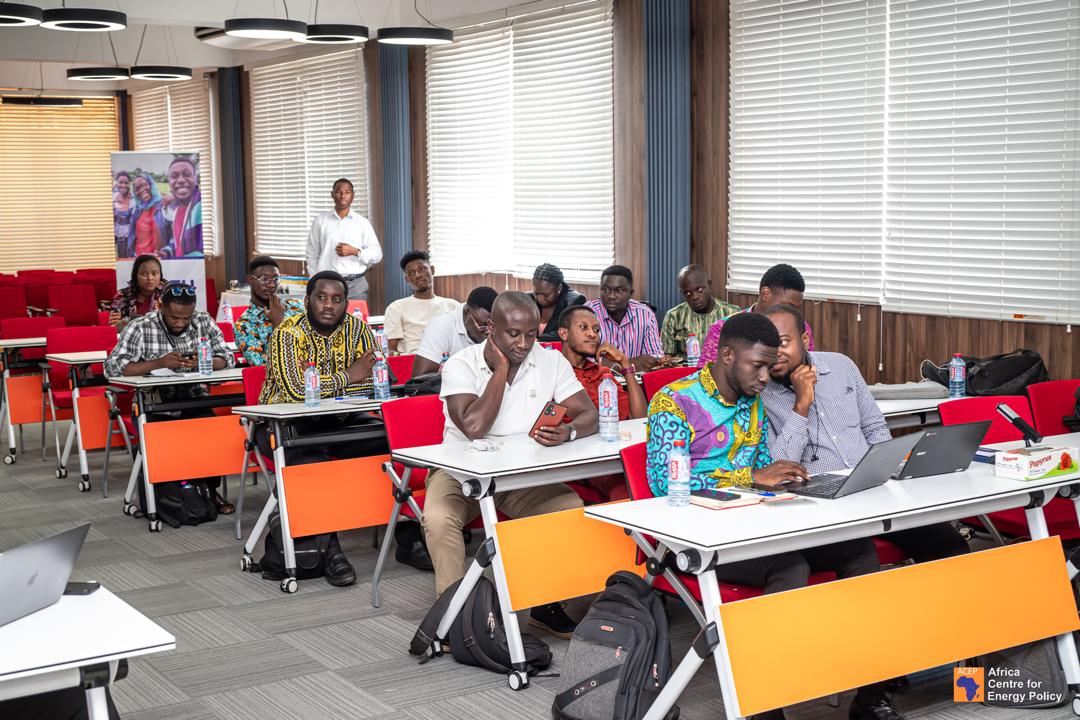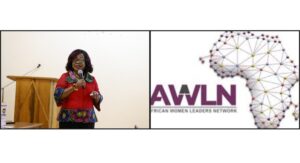By Seraphine Nyuiemedi
The government’s 2026 Budget Statement, which commits GH¢30.5 billion to the ambitious ‘Big Push’ infrastructure programme and GH¢33.3 billion to the education sector, has drawn renewed calls for clarity and transparency from participants at a budget review workshop organised by the Africa Centre for Energy Policy (ACEP).
The allocations, which signal a strong drive toward national development, were scrutinised by journalists and stakeholders who raised concerns about the absence of specific timelines for several key interventions, despite their scale and importance.
The ‘Big Push’ initiative focuses on major road construction and rehabilitation nationwide. Prominent among them is the Bolgatanga–Bawku–Pulmakom Road, currently 95 percent complete and expected to improve trade with neighbouring Burkina Faso. Also highlighted were the dualisation of the Accra–Kumasi Expressway, now 64 percent complete, and ongoing works on the Takoradi–Agona Nkwanta–Elubo Road, the Eastern Corridor stretch, and other critical highways. Government also plans to construct 50 bridges across the country, including the Dikpe Bridge over the Tano River, the Volivo Bridge across the Volta Lake, and the Adawso–Ekye Amanfrom Bridge, which is expected to support commercial agriculture in the Afram Plains.

Routine and periodic maintenance has similarly been prioritised, with plans to service over 21,000 kilometres of trunk, urban and feeder roads, alongside an additional 25,000 kilometres scheduled for maintenance in 2026. Officials say these efforts are aimed at enhancing connectivity, easing movement of goods, reducing crashes and boosting regional trade.
However, while many contractors are said to be on site with active work underway, participants at the ACEP review expressed concern about the lack of detailed start and completion timelines for the projects. Although officials anticipate most works to be completed by mid-2027, the absence of clear schedules, especially for bridge construction and the extensive road maintenance programme, raised questions about potential delays and the sustainability of funding. Stakeholders warned that the gaps could make it difficult for the public to track progress and hold government accountable.
In the education sector, similar sentiments were echoed as the government announced an 18 percent increase in the sector’s allocation from GH¢31 billion in 2025 to GH¢33.3 billion in 2026. The budget provides for the construction of 200 new junior high schools, 200 primary schools, 200 kindergartens, 400 teacher bungalows and new sanitation facilities in underserved communities.
A major curriculum reform is also underway, with renewed emphasis on practical skills such as electronics, robotics and artificial intelligence from kindergarten through primary six—an effort aimed at preparing learners for the demands of the modern labour market.

Despite these promising interventions, participants at the ACEP workshop cautioned that the absence of clear delivery timelines and the possibility of funding gaps could undermine the sector’s ability to achieve the expected improvements in teaching, learning and infrastructure.
Observers note that both infrastructure and education investments remain critical in addressing inequalities, improving market access, strengthening food security, promoting school enrolment and expanding opportunities for youth employment.
Stakeholders at the workshop stressed that to maintain momentum and ensure the intended impact, government must accompany its ambitious allocations with transparent implementation schedules and reliable financing arrangements. They believe clearly defined timelines will deepen accountability, enhance public confidence and ensure the programmes deliver meaningful and measurable results across the country.






